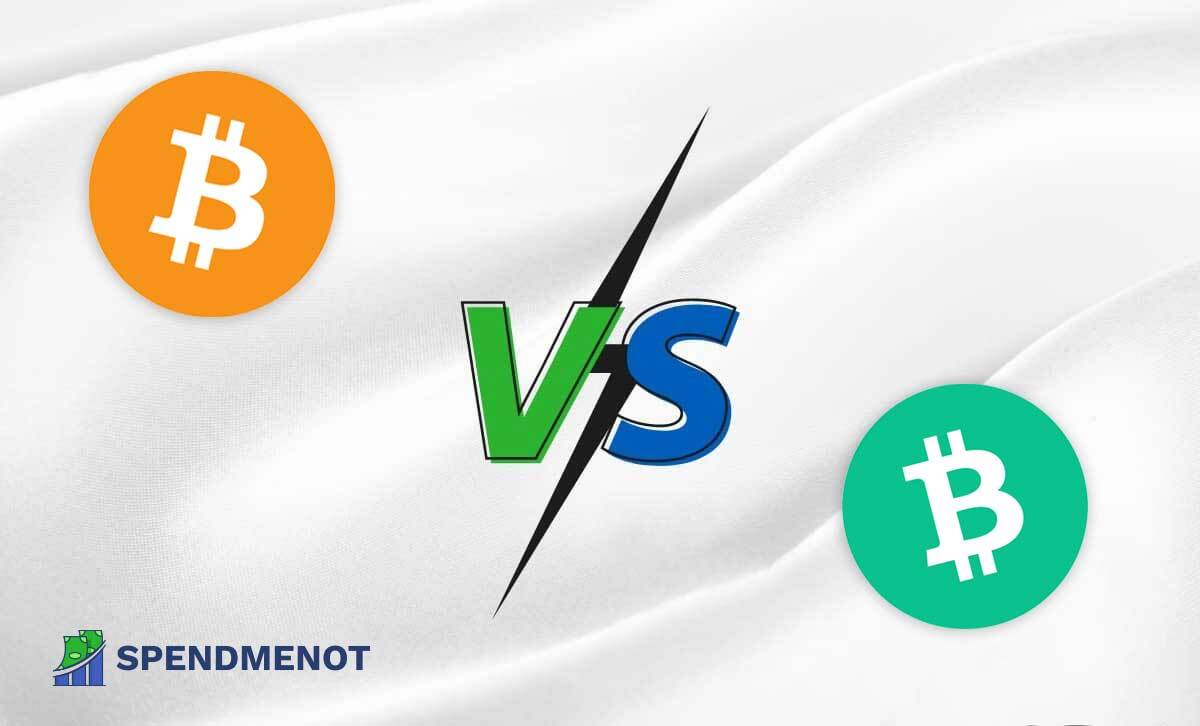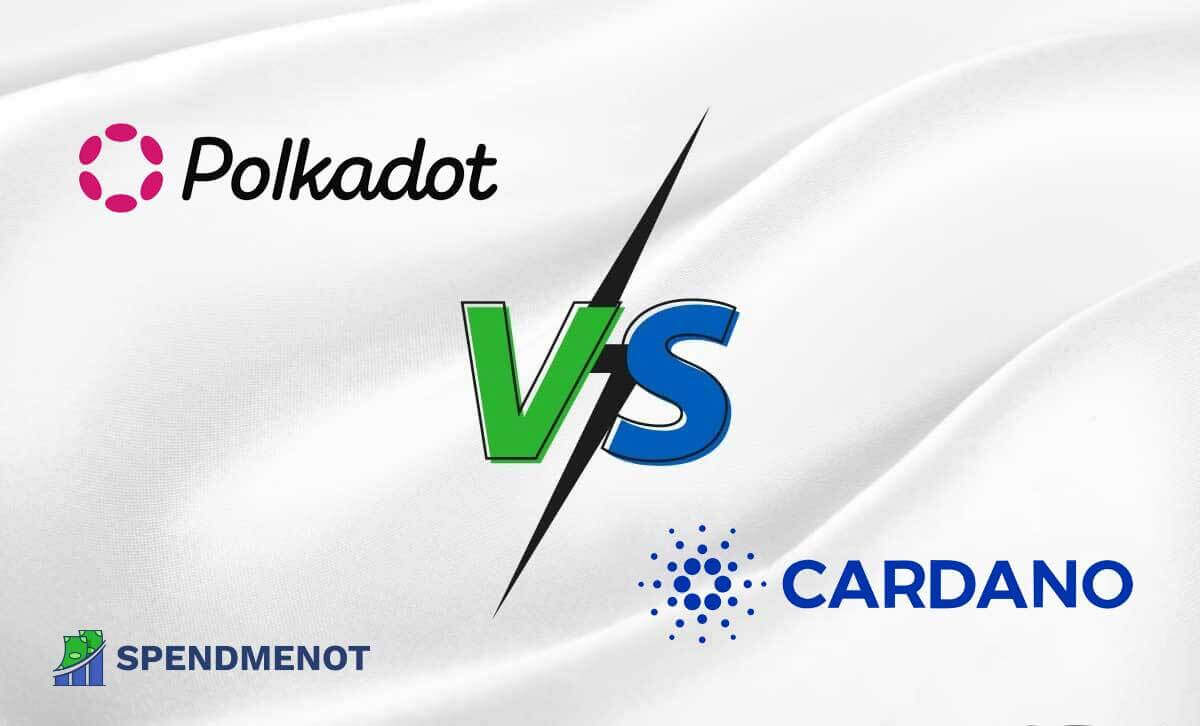Investing for Kids: How to Set Your Child Up Financially
Last Updated: January 11, 2023
Imagine your parents coming with the news that this whole time, they’ve had a secret fund kept aside until you reach maturity.
And, ready, set, you are rich! (Also, apparently, they find you mature now.)
Surely, this sounds like a fairytale to you.
However, it doesn’t have to be just a dream for your kids.
Nowadays, the notion of investing for kids has become so widespread, a paramount even, that the increasing number of caregivers is setting their minds on it.
Along with this positive trend, numerous brokerage corporations, investment companies, and trading platforms have tailored investment programs for children. So all you need to do is research a bit and choose a preferred plan. After that, you won’t need longer than 15 minutes to fill up an online form and open an account for your kid.
So, how to invest for kids?
How to maximize the returns?
Which are the top-rated children accounts?
And, how to teach your child to invest?
Find all the answers below.
Investing for Kids: How to Give Your Kid a Head Start
It’s never too early to start investing in your kid’s future.
Even if your child is still a toddler, all the better, that only means a greater time advantage. Time is one of the most significant elements for money growth.
With enough time on your hands, even a negligible sum can turn into substantial wealth.
And even though your minor may not be able to open an investment account, you can open a custodial investment account on their behalf.
To increase your child’s account earnings, aside from timely engagement and some initial deposit, you require an adequate investing plan. Your strategy should comprise three key factors:
- your kid’s age,
- investing priorities based on your child’s current or future needs,
- and the benefits that different types of children’s accounts offer.
For a start, accurately weighing your situation and, accordingly, choosing the right among many child investment plans can make all the difference.
Is the 529 plan the right plan for your kid?
Raising kids has never been more expensive.
On top of that, recent parental financial statistics show that these expenses have increasing tendencies. Meaning food, housing, schooling, and fulfilling other basic children’s needs will only become more costly with every new generation. Among all the other expenses, education takes its fair portion.
And this is before college even comes into the picture.
Getting a university diploma is the emotionally and financially most exhausting period of every young person’s life. Therefore, it’s not a surprise that most investments for kids are focusing on this life stage.
If your worries are of this nature, a 529 plan could be the solution. This plan can help resolve most financial worries that your kid may encounter during their peak education years. In the same manner, it can prevent them from experiencing student debt frustrations.
How does a 529 plan work?
It’s a plan with a tax-advantaged account for family members that wish to cover some of a child’s education costs. Friends are welcome to contribute too. The plan is not reserved exclusively for education savings. However, it has the highest return rates if you are indeed using it for schooling purposes.
A standard 529 plan enables you to:
- Effortlessly open a custodial account for your child, grandchild, or cousin.
- Switch beneficiary. For example, if your older child gets a scholarship or refuses to go to college, you can move the account to the younger sibling, cousin, or even yourself.
Furthermore:
- Friends and family can contribute to an existing 529 plan through either monthly payments or one-time gifts.
- There is no lower limit for contributions, while the upper limit is $15,000 yearly per child. Above that, you can still make investments. However, they are no longer tax-free.
- There are no special income requirements or limits for the parents, child investors, or other plan contributors.
- Your post-tax income turned into a child investment in a 529 account grows tax-freely. Also, it’s not subjected to withdrawal taxes whenever your withdrawals are for paying educational expenses.
- The program includes pre-college private school fees of up to $10,000 per year without the additional taxes.
- Importantly, when used for noneducational expenses, the 529 budget is subject to federal and income taxes. Additionally, a 10% federal tax penalty on earnings and state income tax will apply.
- You can choose from different investment portfolios that can even include target-date gain control. These funds are becoming available for use upon your kid’s high school graduation.
Custodial brokerage account vs 529 plan
If you aim at a somewhat less restrictive way to give your kid a headstart, consider opening a custodial brokerage account. This investment option assumes a broader spectrum of possibilities than the 529 since it isn’t solely concentrating on education.
Custodial brokerage accounts, otherwise known as Uniform Gifts to Minors Act (UGMA) or Uniform Transfers to Minor Act (UTMA) accounts, are a great way to introduce your kid to the world of diversified investing strategies.
By opening a UTMA or UGMA account for your kid, you’re creating various stocks, bonds, mutual funds, and ETFs investment opportunities.
How does a custodial brokerage account work?
- As with a 529 plan, you can open an account in your child’s or grandchild’s name. The minor will become the beneficiary, and you’ll be named a custodian.
- As for this custodial investment account, you will have complete control of the account until your child reaches legal age to take it over.
- However, unlike 529 plans, UGMA or UTMA accounts allow only one beneficiary. So you can’t transfer the beneficiary rights to your other kid or yourself.
- There is no contribution limit or special requirements. Still, for contributions above $15,000, taxes apply.
- Since the account is in your child’s name, you will have some tax advantages. The taxation will work according to the children’s tax bracket — the income taxes will be smaller.
- Upon the child’s maturity (at the age of 18 – 21, depending on the state), the beneficiary gets full control of the custodial account. After that point, they can use the money however they wish.
- Even before that, you can withdraw some of the funds for purposes other than college or private high school fees.
- As long as those withdrawals are for payments that benefit the kid, there are no additional taxes or penalties to pay.
Direct stock purchase plans for kids
Selected major public companies such as Disney World, McDonald’s, and Apple understand the value of teaching kids to invest from an early age. And so they’ve made direct stock purchase plans available for kids.
While it might not be the most lucrative move, from the assets diversification perspective, this type of investing has another long-term goal. By explaining to your minors that they have bought Disney shares, you might tickle their imagination and awaken the investing interest in them.
In some cases, you can even obtain a physical shareholder certificate in their name to make the purchase more tangible.
How does directly buying stock for children work
- In direct stock purchasing for kids, the kid is the beneficiary and the owner of the purchased stocks.
- However, you still need to open a custodial account in the parent’s name. You can’t transfer the ownership to siblings or parents. But instead, you can buy or sell the stocks online — the same way regular stock exchanges function.
- Since you can buy stocks for kids only through the company’s investment plan, the fees tend to be slightly higher than with trading through a brokerage.
- Aside from that, most of these companies have minimum investment requirements. For example, Disney’s investment minimum is $200 (can be paid monthly, in $50 installments).
- The taxation on stocks for kids will usually work according to the children’s tax brackets. Except, there might be some limitations on income that can be tax-advantaged. After which, higher taxes may apply. The maximum tax-advantaged income amount depends on your state law and the shareholder company regulations.
- Once reaching the legal age for stock owning (18 – 21, depending on the state), the child gains full control of the account.
- There are no limitations regarding spending intentions, and withdrawal is less restricted than with 529 plans or UGMA accounts.
Have you considered individual retirement accounts (IRA for kids)?
For those who prefer to plan further ahead, a custodial IRA or Roth IRA may be a perfect investing solution.
Most people usually don’t think of opening an individual retirement account (IRA) for their kids. But, that is perhaps because they’re not well-informed about all the advantages of such a move.
A lack of general interest in retirement saving led to the latest retirement saving statistics. They show that most Americans nowadays are falling behind their retirement investments.
What if I told you that investing as little as $200 a month in your kid’s IRA account can make them millionaires by the time they reach their retirement?
I bet you are more interested now.
The greatest advantage of IRA investing for kids, as a saving strategy, is that your kid’s investments get the time to grow. And so, the returns are usually significantly higher than with the other short-term investments, or if you open an IRA later on in your life.
So how do IRA and Roth IRA work?
- You can open a custodial IRA or Roth IRA for your child or grandchild as long as they make some kind of income.
- Until the kids are 18 or 21, depending on your state, you will be the one managing their account. Then, upon maturity, the account becomes their responsibility, and they are getting full control over it.
- You can’t change the beneficiary of an IRA account. However, you can fully withdraw funds from one IRA account and transfer them to another.
- There is no minimum contribution. You can make any contributions to IRA custodial accounts, as long as they are the same or smaller than the amount that your kid has earned that month. For example, if your kid has earned $200, you can only contribute another $200 — not more than that. The total annual contributions are limited to $6,000.
- If you want your kid’s retirement investment to grow tax-free, opt for Roth IRA for kids (Roth meaning tax-free growth). That way, neither your contributions now nor your retirement withdrawals, later on, are tax-deductible.
- However, opting for a Roth IRA account, you have some limitations. You can only contribute to it if your gross income is less than $124,000 for single contributors and $196,000 for married ones contributing in pair.
- Your kid can withdraw the whole amount from their Roth IRA or IRA account once they reach federal retirement age (that is 59 and a half years currently). Otherwise, all the contributions can be withdrawn, for any purpose, earlier penalty-free.
- Both contributions and earnings can be used from custodial IRA before retirement for covering educational costs penalty and tax-free — similarly to 529 plans.
How to Open a 529 Plan
Being the leading college saving plan — anyone can open and contribute to a 529 account.
The most important and the only challenging part is choosing the right service provider or brokerage. Nowadays, there are so many companies that offer exceptional 529 plans with only slight differences in fees.
However, when it comes to investing for kids, those slight variations in fees can make a big difference in the long run.
So, whenever choosing among the major trading platforms such as Fidelity, Zacks Trade, or Vanguard, make sure you double-check their charges and tax benefits. Compare them and see how they apply to your particular situation and in your state. Beware not to get too distracted with incredibly low fees but oversee high taxes. The same goes vice versa — to avoid inadvertent losses.
Also, consider investing for teens with the help of robo-advisors. You’ll get surprised with how cost-effective some of these automated investment advisors, like Wealthfront, can be.
After you choose the right 529 plan, opening the account is quite straightforward. You can do it quickly online through official websites or in-person (if you have some questions you would like to ask an agent). All you need to do is name a beneficiary and fill up some of their personal details like the birth date and Social Security Number (SSN).
As soon as you have the account, you can start with contributions and portfolio building. Whether you want to actively or passively manage your investments and your portfolio, it’s up to you. Most 529 child investment plans offer both options.
How to Open a Custodial Brokerage Account
You can open a custodial brokerage account with an online broker in under 15 minutes.
Again, all you need to do is choose an adequate service provider that fits your investing needs.
Worldwide famous, the J.P.Morgan, Ally Invest, and Charles Schwab custodial account offerings are worth considering. Besides, you can easily switch them to adult accounts later on.
To speed up the opening of the account, you can prepare ahead all the necessary information. Usually, you will need your and your child’s Social Security Number, date of birth, and contact details.
And before setting your mind on the right child investment account, consider some of the leading micro-investing platforms such as Stash and Acorns. They offer custodial brokerage accounts that enable you to join with as little as $1 or $5.
How Do I Teach My Child to Invest
Opening an investment account for a child is very thoughtful.
However, if you’re looking to set up your kid financially in the long run, you should teach them some basic investment strategies.
The best way to do this is by gradually introducing them to the world of financial trades.
Initially, you can sparkle up their interest by asking them to help you choose which stocks to buy. Try suggesting some of their favorite brands, or at least those they are familiar with, such as Nike or Disney. Or even better, invest together in a few different companies for a start — to teach them about diversification from an early stage.
Soon after, you should educate them about stock trading for kids and the trading market itself. Again, this part should be carefully adapted to the kid’s age.
They should be aware of timely buying and selling concepts on which the whole stock market is based. Try to explain to them how the supply and demand of a certain product play a major role in its stocks’ positioning on the market. That should help them make better decisions in the future.
Teach them that the right investments can completely change their life, but warn them how large the losses can be as well.
Include the importance of timing, patience, diversification, and risk assessment in your investment lessons. Make sure you provide them with some impressionable examples, both positive and negative, that they are likely to remember.
Stock trading for kids — real-life examples
Kids love stories!
By telling them a real-life story or two, you’re bringing the matter much closer to their understanding.
For example, you can tell them about Sudarshan Sridharan, a 16-year-old teenager from North Carolina who managed to gain more than $43,000 since 2013. By law, he is not yet of age to drive a car or have an individual investment account. But that hasn’t stopped him from investing in Tesla corporation under his parents’ custodial account and guidance.
A part of his strategy was to invest in several different companies at the time. Usually, those were companies he believed would remain relevant. As a result, he has yielded the highest returns from Google, Netflix, and the aforementioned Tesla.
Another story worth mentioning to your future little stockholder is about Dawsyn Pouncil. She is an 18 months old toddler who already has a $50,000-worth portfolio. That is mostly due to her mother’s financial planning skills. She realized that you don’t need large initial investment sums to create significant profit. Instead, it’s much better if you have time to work for yourself, like when you’re investing for kids.
Parents who understand how important it is to introduce kids to the financial world early on can inspire both adults and children.
Meanwhile, the GameStop Reddit episode is there to remind us how careful we have to be when making investments. The market has its fluctuations, and one’s success story at one moment can be someone’s downfall at another.
So remember to teach your kids that following trends and making rushed decisions will hardly make anyone a millionaire. Studying the field, diversifying investments, and most importantly, giving your assets time to grow, on the other hand — might.
To Sum up
There is no single prescribed recipe for minors’ investment success.
Instead, there are numerous great investment children accounts and plans such as the 529 plan and Roth IRA account.
Also, perhaps instead of solely asking yourself the question:
How to invest for kids to give them a great headstart?
You should be teaching them the core investment values simultaneously. Because once your kid is old enough to take over their investment account, they should be able to keep up your good work.
FAQ
There is no minimum age to buy or sell stocks. However, to open your own brokerage account, you must be of minimum legal age, which is 18 – 21, depending on your state. Before that, you can have a custodial account supervised by a family member of legal age.
You can buy stocks as a gift through a brokerage firm or directly through a company investment plan (the company whose shares you are interested in). When buying stocks for kids, you can do it as part of their 529 plan or Roth IRA account.
Investing for kids can have various purposes. What is the best investment account for a child will depend on that purpose or aim. For example, if you’re investing in kid’s savings for college, a 529 account may be the best option for you. Alternatively, you can opt for a Roth IRA account or a custodial account within any major brokerage company such as Charles Schwab or Ally Invest.










